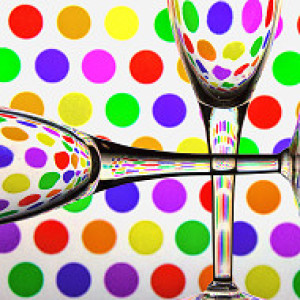Desperate situations and lost causes.
The Church of Saint Jude on the Hill.
It was good to get out of the stifling hot office when work took me to Hampstead Garden Suburb this afternoon. This area was founded in 1907 by Dame Henrietta Barnett. Among the scheme?s aims were:
It should cater for all classes of people, and all income groups
There should be a low housing density
Roads should be wide, and tree-lined
Houses should be separated by hedges, not walls
Woods and public gardens should be free to all
It should be quiet (no church bells)
The ideas for the "Garden Suburb" were clearly based on the ideas Ebenezer Howard in the planning and development of Letchworth Garden City, the first development of its kind.
In the Central Square, there are two large churches - Saint Jude-on-the-Hill and The Free Church as well as a Quaker Meeting House.
St Jude's is the Parish Church built to the designs of Edwin Landseer Lutyens 1869?1944. Building began in 1909, but the west end was not completed until 1935. The church was consecrated on 7 May 1911.
Externally it is 200 feet long and the spire rises 178 feet above the ground.
Inside, the church is 122 feet from the west door to the chancel steps, and forty feet to the highest part of the roof.
On the north side of the west door is a memorial to the horses killed in the First World War. Made in 1970 by Rosemary Proctor (died 1995).
The high altar includes two stones from Canada: a smaller dark one from the former French royal chapel of Annapolis Royal in Nova Scotia and a larger and lighter coloured one from the altar steps of Montreal Cathedral. The pulpit was also a gift from Canada.
I was inspired by the fantastic spire to which I have tried to do justice in the style of Edisteve. I also took an overall view to put it into perspective, which shows the Arts and Crafts style and the fantastic simplicity that Lutyens achieved.
- 1
- 0
- NIKON D5000
- f/6.7
- 18mm
- 200

Comments
Sign in or get an account to comment.


